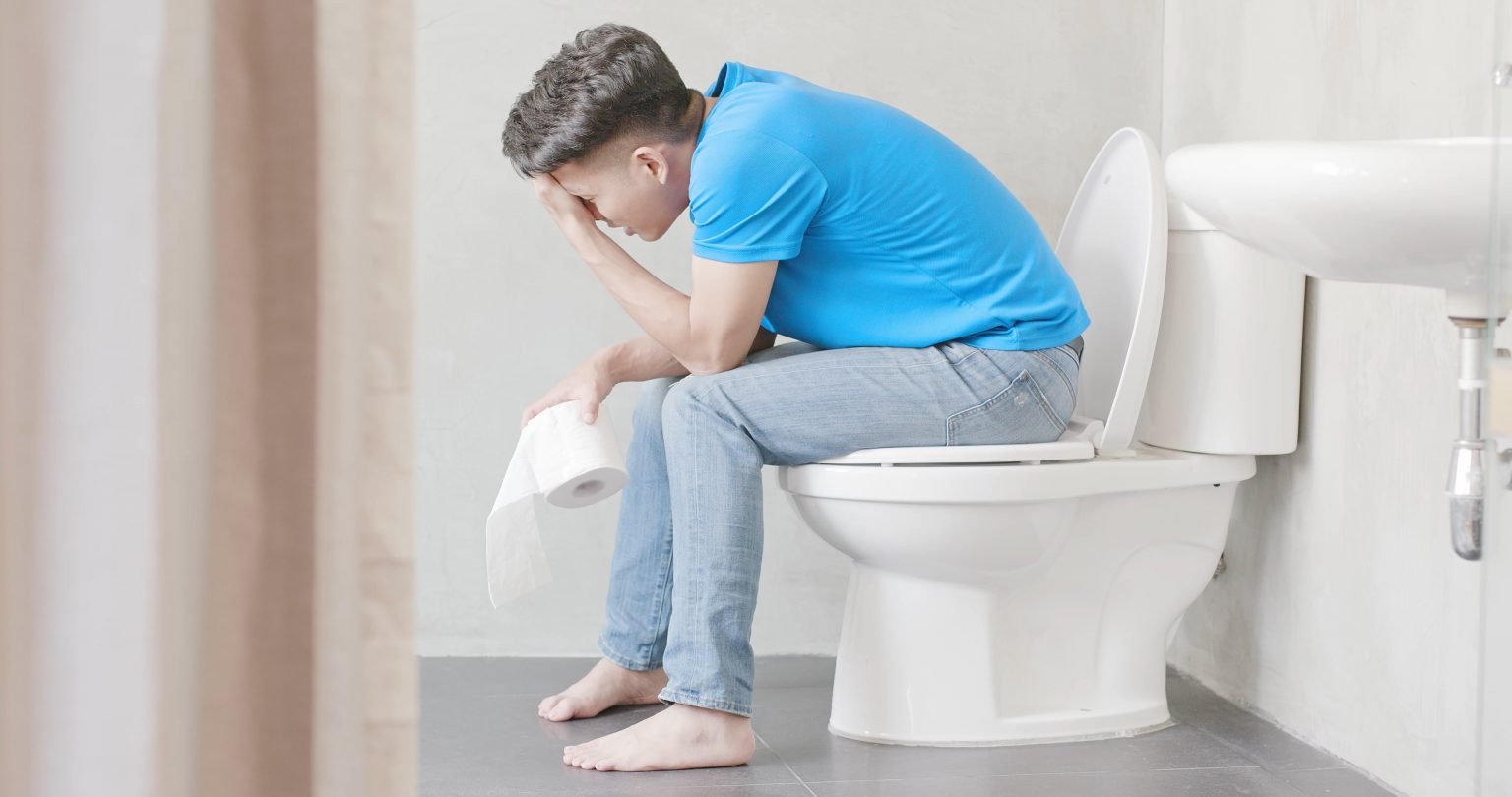For some people the winter season is more than a little crabbiness about cold weather, shoveling, and post holiday bulging waist. It can be a time of low moods, at times nearly debilitating, that last several months and leads to a sense of dread at the end of the fall. It's a complex disorder and this blog is not meant to be a comprehensive review of all that is available but to give you pointers on some key interventions that when taken together can make the next one month more manageable and possibly enjoyable.
Seasonal affective disorder, later referred to as SAD, is triggered by a combination of seasonal external factors (change in outdoor temperature and light cycles), compounded by our response to those external factors, both internally in our own biology as well as in our habits and self-care. I'm going to address interventions in each category.
Change in light pattern: Outdoor light is a powerful regulator of our sleep-wake cycle and moods, and is at its lowest level between October and March, at the same time as our lower temperatures in the northern hemisphere. Outdoor light has a spectrum of colors that changes from morning to noon, with a spectrum that increases wakefulness prior to noon, and gradually decreases wakefulness in the evening with warmer hues. For a lot of people with day jobs, this means that your brain may never be exposed to the natural cycle light for several months out of the year, with significant disruption to normal wake sleep mood regulation. To make it worse, light emitted from indoor traditional light sources, and especially from technology screens, tends to be blue dominant, which is stimulatory and blocks the release of melatonin (a hormone triggered at the time of initiation of sleep) consequently setting off a cascade of dysregulated wakefulness and leading to low mood. If getting out to be exposed to natural light prior to noon is not routinely available to you during the winter months, consider using a light therapy box for 20 minutes earlier in the morning most days of the week (nowadays those lights can easily fit on your desk or on your kitchen counter wherever you may be for an hour in the morning), and get yourself a pair of blue filtering glasses (nonprescription, can be available from any online retailer) to use starting midafternoon on, to protect your vision from the suppressive effect of your computer screen on melatonin. Maintaining a normal melatonin cycle is essential to maintaining normal moods during the winter.
Change in temperature pattern: Exposure to seasonal cold can have a ripple effect on blood circulation and our own physical activity level. In particular, our brain has a powerful ancestral mechanism to protect core organs from hypothermia, which are still somewhat active even for modern creatures living with indoor heat. This can lead to slightly decreased general blood perfusion in our extremities (including our head, which is the hardest organ to reach for circulation going uphill against gravity). In addition, for a lot of people there is a general decrease in physical activity and cardiovascular endurance during the winter month, as our level of the day to day movement is less when cooped up inside. This is especially a problem when compounded by the fact that many people do not have a robust exercise routine to transition to in the winter. This leads to decreased blood circulation to the brain, which is a big driver for decreased general metabolic activity of normal neurotransmitter and hormonal balance. I always encourage people to be accountable to themselves by using a fitness tracker in the winter to see if they meet physical activity standards (10,000 steps or equivalent). There are lots of options for exercise that can be done from the comfort of your home, refer to other blog entries on that subject.
Change in vitamin D metabolism: Unless you have a consistent vitamin D3 supplementation during the winter months, you're very unlikely to have enough outdoor skin exposure to produce your own. Everyone metabolizes vitamin D a little differently so there is not a hard and fast rule about how much to take but the range is anywhere from 2000 IUs – 5000 IUs, with the goal of maintaining serum levels between 30 – 50. Remember that multiple supplements used for other purposes than straight vitamin D3 supplementation will have some low level of vitamin D3 added so make sure you look at the total amount of vitamin D3 you may be ingesting. Vitamin D3 serum levels has been repeatedly associated with chronic mood disturbances.
Change in eating patterns: The holiday season in particular can be a real minefield for people to maintain a diet containing necessary nutrients for adequate mood modulation (adequate protein, antioxidants, clean essential fatty acids, fiber), opening the door for high sugar food and a lot of glycemic spikes. This can be another major contributing factors to poor mood control. Knowing that you moods can be so negatively impacted by your food choices in the winter should hopefully be an encouragement for people to try to stay on the proverbial wagon, and if splurging, keep it to a few days.
For people who feel that they have implemented all the self-care methods available to them to control seasonal affective disorder but not achieving satisfactory results, it may be beneficial to test for your individual hormonal and neurotransmitter imbalances, in particular the role of melatonin, cortisol, dopamine, serotonin, and glutamine. This can give you much needed insight and specifically and individually managing your own imbalances. https://www.zrtlab.com/test-specialties/neurotransmitters/















